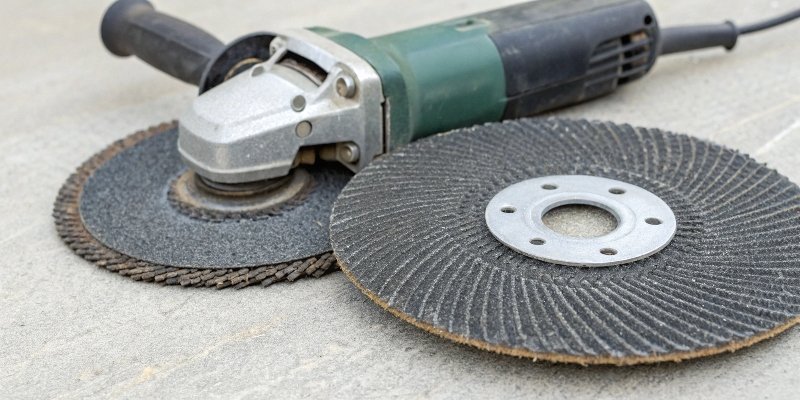
Can a metal cutting disc be used on an angle grinder?
Are you unsure about putting a metal cutting disc on your angle grinder? Using the wrong tool combination is a real safety hazard. But with the right disc, it’s perfect.
Yes, metal cutting discs are specifically designed for use on angle grinders. They are a safe and highly efficient option for cutting various metals, including steel, aluminum, and copper, as long as you match the disc to the grinder and follow all safety procedures.
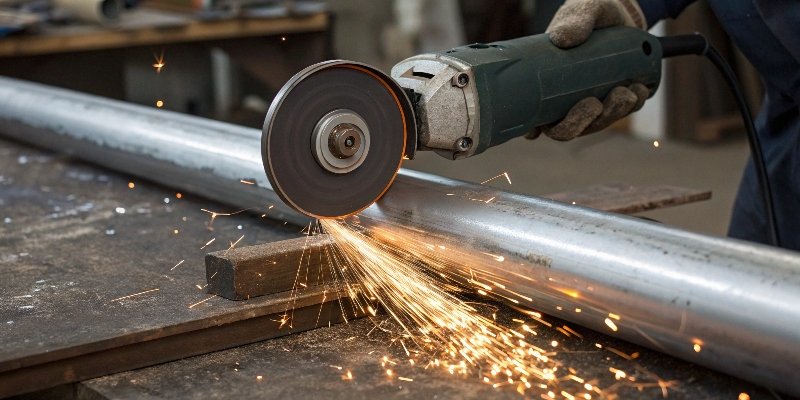
Knowing they are compatible is just the first step. The real key to success lies in understanding how to use them together safely and effectively. There are important risks to manage and best practices that make a huge difference in performance. This knowledge protects your workers and your bottom line. Let’s dive into what you need to know to get the job done right, every time.
What are the risks of using a metal cutting disc on an angle grinder?
Grinding accidents are a serious concern in any workshop. A disc failure or kickback can happen in an instant, causing severe injuries. Ignoring these risks is not an option.
The primary risks include the disc shattering from side pressure or excessive RPM, kickback if the tool binds in the workpiece, and fire from sparks. Inhaling metal dust is also a significant long-term health hazard. Using the correct technique and PPE is essential to prevent these dangers.
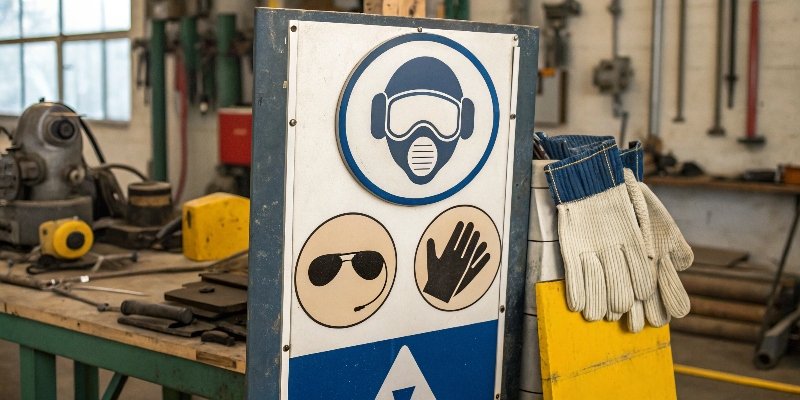
Understanding the Dangers
At our factory, we place safety above everything else. We’ve seen what happens when things go wrong. A shattered disc can send shrapnel flying at incredible speeds. I once visited a shop where a cheap, unreinforced disc had exploded. The operator was lucky because the guard was on and he was wearing full protective gear, but it was a scary reminder of the forces involved. That’s why we build our RL brand discs with multiple layers of fiber mesh reinforcement. It’s not just about performance; it’s about preventing disaster.
Common Operational Hazards
The most common hazards are often the easiest to prevent. They usually stem from incorrect operator technique rather than tool failure.
| Risk | Cause | Prevention Method |
|---|---|---|
| Disc Shatter | Side pressure, bending the disc, or exceeding max RPM. | Keep the disc perpendicular. Don’t force the cut. |
| Kickback | The disc binding or pinching in the material. | Maintain a firm grip. Don’t trap the disc in the cut. |
| Fire Hazard | Sparks igniting flammable materials nearby. | Clear the work area. Direct sparks away from your body. |
| Inhalation | Breating in metal particles and abrasive dust. | Wear a proper dust mask or respirator. Work in a ventilated area. |
By simply training operators to avoid these common mistakes, you can drastically reduce the chance of an accident.
How do you choose the right disc for an angle grinder?
Walking into a supplier’s shop, you see walls of cutting discs. Choosing the wrong one is a waste of money and can ruin your project. A bad disc cuts slow and wears out fast.
To choose correctly, match the disc diameter and max RPM to your grinder’s specs. Then, select a thickness based on your job—thinner for precision, thicker for durability. Finally, ensure the abrasive material is suited for the metal you are cutting, like aluminum oxide for steel.
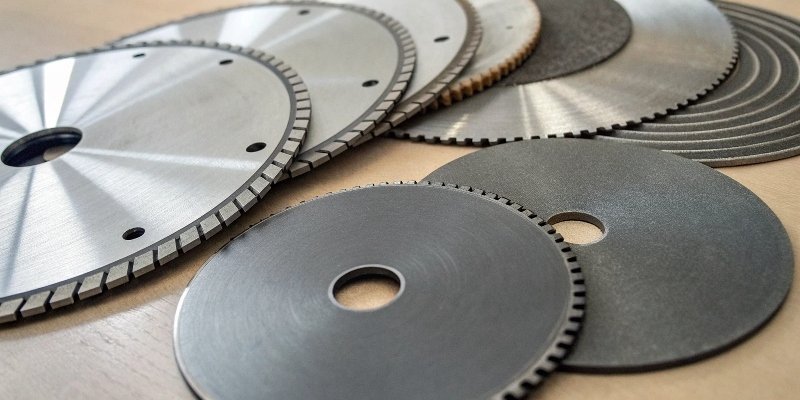
Matching the Specs
The first rule is simple: the disc must fit the tool. Never try to force a larger disc onto a smaller grinder or remove the safety guard to make it fit. The specifications printed on the disc are not suggestions; they are safety limits. One of our new clients was having issues with rapid disc wear. We discovered they were using 4.5-inch discs on a high-speed grinder rated for 4-inch discs. The excess speed was burning through the abrasive material1. By switching to the correct size, their disc life tripled.
Understanding Thickness and Abrasives
Thickness affects both the speed of the cut and the durability of the disc. Abrasive type determines what material you can cut effectively.
| Specification | Options | Best For |
|---|---|---|
| Thickness | 1.0mm – 1.6mm (Thin) | Fast, precise cuts on sheet metal or thin profiles. Less material waste. |
| 2.0mm – 3.0mm (Thick) | Heavy-duty cutting of rebar or thick steel. More durable, less prone to flexing. | |
| Abrasive Material | Aluminum Oxide (Al₂O₃) | General-purpose cutting of carbon steel2 and other ferrous metals. |
| Specialized Aluminum Oxide (INOX) | Cutting stainless steel3 without causing contamination that leads to rust. | |
| Silicon Carbide (SiC) | Cutting non-ferrous metals like aluminum, copper, and brass. |
Choosing the right combination is key. We offer both OEM services to create the perfect disc for a specific application and guidance for clients buying from our RL brand. Getting this right is the foundation of efficient cutting.
Can an angle grinder be safely used to cut metal?
Angle grinders are powerful tools, and their speed and noise can be intimidating. Many people see them strictly as grinders, not cutting tools. Improper use can lead to serious accidents.
Yes, an angle grinder is a safe and effective tool for cutting metal when operated correctly. This requires using the safety guard, wearing all required PPE, holding the tool firmly with two hands, and letting the disc’s speed do the work without applying excessive force.
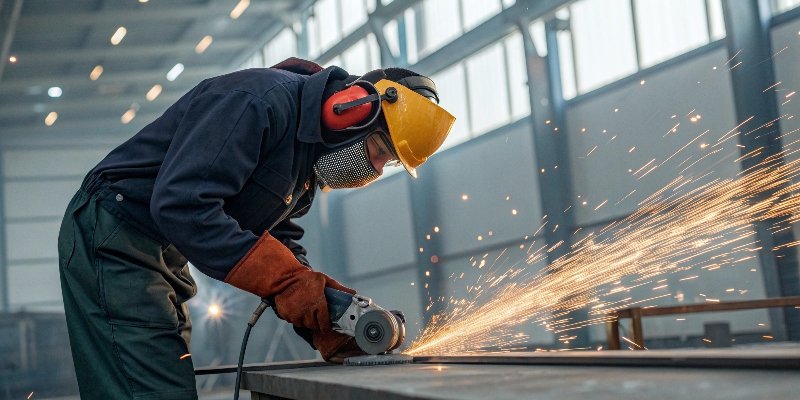
The Golden Rules of Cutting
Over our nearly 30 years of manufacturing abrasives, we have learned that operator skill is just as important as disc quality. We built a safety culture in our own factory that we share with our customers. The most important habit is a pre-use inspection. Before starting any job, every operator checks their disc for cracks or damage. This ten-second check prevents the vast majority of potential failures.
Essential Safety Practices
Beyond the inspection, there are several core techniques for safe operation.
- Always Use the Guard: The guard is your most important piece of safety equipment. It deflects sparks and will contain most fragments if a disc breaks. Never remove it.
- Wear Your PPE4: Non-negotiable. You need safety glasses or a face shield, heavy gloves to protect from sharp edges and sparks, and a dust mask.
- Maintain a Secure Stance: Stand with your feet shoulder-width apart. Hold the grinder with both hands. This gives you maximum control to resist any kickback5 force.
- Let the Tool Work: The high RPM of the grinder is what cuts the metal. You do not need to push down hard. Apply gentle, steady pressure and let the disc glide through the material. Forcing it can cause the disc to bind or overheat.
- Control the Sparks: Position yourself so that the sparks are directed away from your body and any flammable materials. This simple step prevents burns and fires.
Following these rules turns a potentially dangerous tool into a precise and reliable instrument.
What types of materials can an angle grinder cut?
You have your angle grinder and a brand-new metal cutting disc. But what are the limits? Trying to cut the wrong material will destroy your disc and could damage the workpiece.
With the correct metal cutting disc, an angle grinder can cut most common metals. This includes carbon steel, stainless steel, rebar, aluminum, and copper. For harder materials like masonry or tile, you must switch to a specialized diamond blade, not a standard abrasive disc.
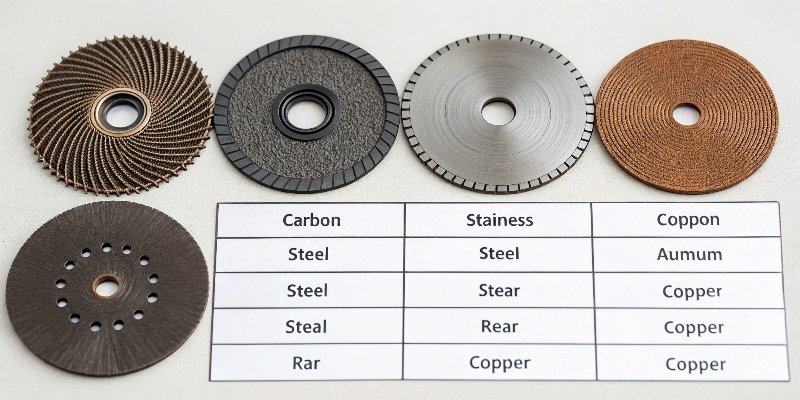
Matching the Disc to the Metal
Different metals have different properties, and using the right disc is crucial for a clean, efficient cut. A common mistake we see is using a standard steel-cutting disc on stainless steel. This can leave iron deposits on the cut edge, leading to contamination and rust. We guide our customers to our INOX-rated discs, which are iron-free and prevent this exact problem. It’s a small detail that preserves the integrity of expensive materials.
A Guide to Common Materials
Here’s a quick breakdown of what to use for different metals.
| Material Type | Recommended Abrasive | Key Considerations |
|---|---|---|
| Carbon Steel / Rebar | Standard Aluminum Oxide | Generates a lot of heat and sparks. A thicker disc offers better durability. |
| Stainless Steel | Specialized INOX (Iron-Free) | Cuts cooler to prevent workpiece discoloration. Prevents rust-causing contamination. |
| Aluminum / Copper | Silicon Carbide or dedicated aluminum disc | Softer metals can clog the disc. A specialized disc with a lubricant can help. |
| What Not to Cut | Wood, Plastic, Masonry, Glass | Metal cutting discs will melt or burn these materials and can shatter on masonry. Use the right blade (e.g., wood blade, diamond blade6). |
As a B2B supplier, our goal is to be more than just a factory. We are partners in our clients’ manufacturing processes. Helping you select the precise abrasive for your material is part of the value we provide, whether you need a custom ODM solution or a reliable supply from our RL brand.
Conclusion
Using a metal cutting disc on an angle grinder is a great choice. Simply match the right disc to your tool and metal, wear your PPE, and use proper cutting techniques.
-
Understand the various abrasive materials and their applications in cutting. ↩
-
Find out which cutting discs are most effective for working with carbon steel. ↩
-
Learn the best practices for cutting stainless steel without damaging the material. ↩
-
Discover the essential PPE required for safe angle grinding operations. ↩
-
Find out how to prevent kickback and ensure safe operation of your angle grinder. ↩
-
Discover when to switch to a diamond blade for cutting harder materials. ↩
Written by
leeon
You may also be interested in:
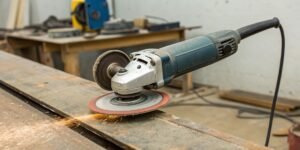
What is an angle grinder?
Are you confused by this powerful, versatile tool? You see it everywhere but are not sure what it does or if you need one. Getting
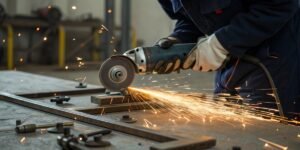
How do you cut bolts with an angle grinder?
Struggling to make a clean cut on a stubborn bolt? Using an angle grinder can feel intimidating, but it is a fast and effective method
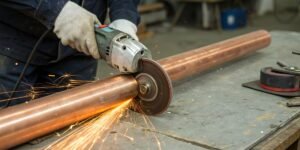
Can I use an angle grinder to cut a copper pipe?
Struggling with a quick copper pipe cut? Worried about damaging the material? An angle grinder is a fast solution, but using it wrong can be
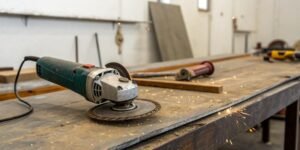
Can an angle grinder cut meat and bones?
Struggling to cut tough bones? Thinking of grabbing your angle grinder for a quick solution? This powerful tool seems like an easy answer, but it’s
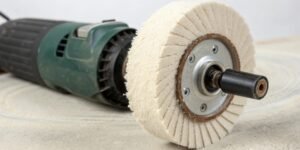
What is a buffing wheel used for?
Dull, scratched surfaces can ruin your products. This costs time and money. A buffing wheel is your tool to restore that perfect, professional finish everyone
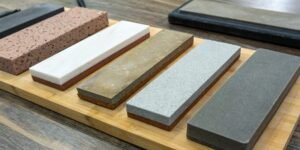
What is the best type of sharpening stone for kitchen knives?
Your kitchen knives are getting dull, making simple tasks like slicing a tomato a frustrating chore. A dull knife is a dangerous knife, but choosing
